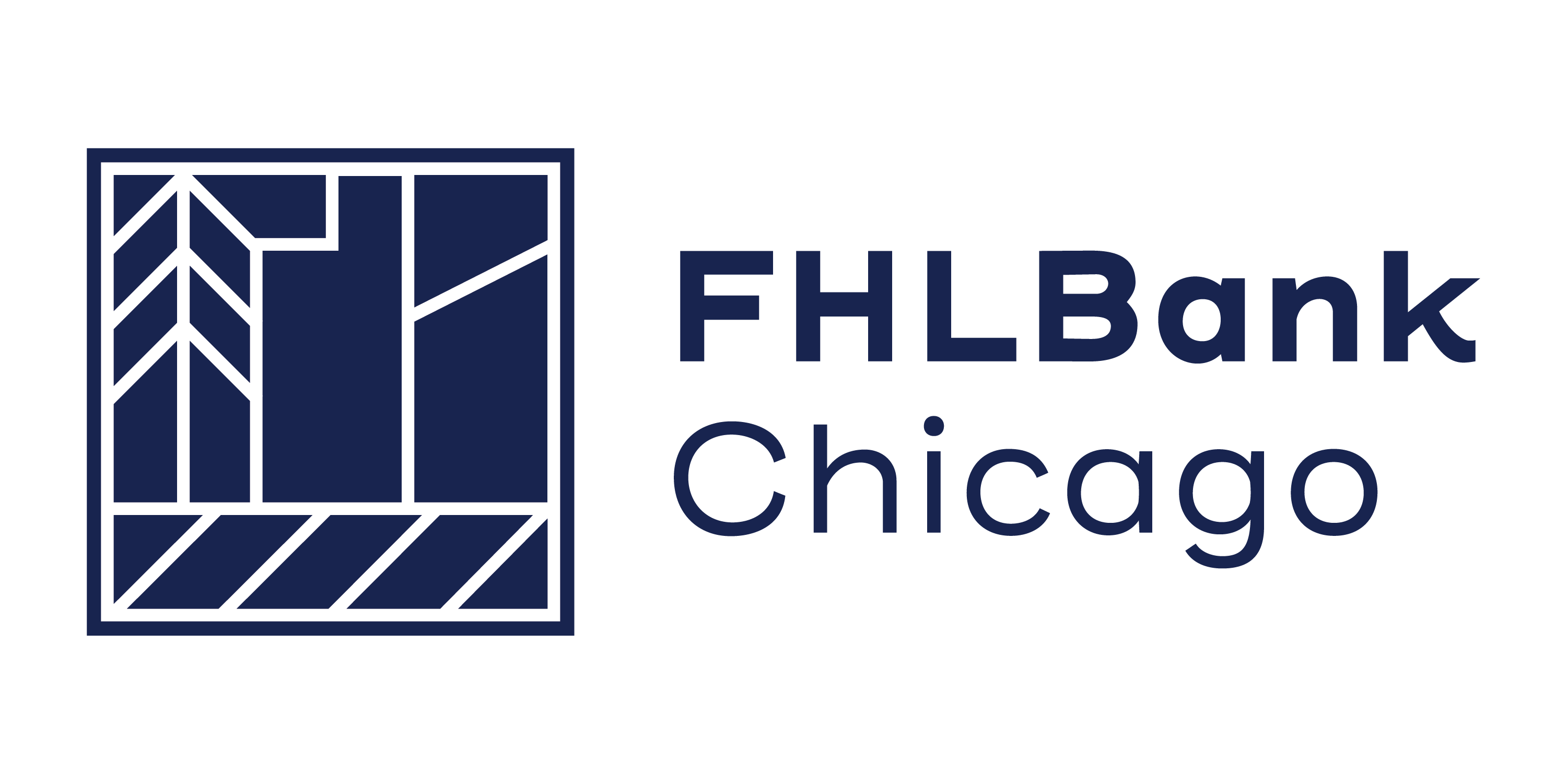Balance Sheet Leverage Q1 2019
Overview
At a time when spreads are compressed, with deposit rates rising and lenders competing for loans, it can be hard to grow margin. One way to mitigate compression is to adopt a leverage strategy. In this paper, we will discuss purchasing a $25 million portfolio of mortgage-backed securities (MBS) made up of fixed rate and hybrid adjustable-rate mortgage (ARM) securities, funding them with a ladder of advances and deposits.
MBS Investment Portfolio
The $25 million MBS portfolio used in this example is described in Table 1. Approximately 75% of the portfolio is in fixed rate MBS, with the remainder split evenly between 5/1, 7/1, and 10/1 hybrid ARM securities. Security pricing is as of January 16, 2019.
Funding and Hedging the MBS Portfolio, Option 1
Based on analysis of the cash flow of the portfolio described above, the following funding solution was used to optimize spread and income. The advances suggested include a ladder of fixed rate advances and some deposits. The weights can be seen in Table 2, and the cash flows of the MBS portfolio, as well as the funding solution, can be seen in Figure 1. Advance pricing is as of January 16, 2019.
The income the financial institution could make by following the strategy as described above can be seen in Table 3. A starting net interest margin (NIM) of 1.34% has a 10-year average NIM range of 0.89% to 0.74% as you move from a -100-basis-point shock scenario to a +100-basis-point shock scenario.
Funding and Hedging the MBS Portfolio, Option 2
If your institution would prefer to take more risk in hopes of greater profits, consider the following strategy: Our putable advances can save you a considerable amount in funding costs. On January 16, 2019, a 5-year fixed rate advance cost 2.86%, compared with a 10-year, no-put, 5-year advance with a European put option (which cannot be called for 5 years) at 2.62%. In the funding solution below, we used a ladder of fixed rate and putable advances, along with deposits.
Finally, in Table 5, you can see the income and spread made in the base case scenario and after rate moves of -100 basis points and +100 basis points. In comparison with Option 1, which used just fixed rate advances, this solution increased the starting NIM in the base case by 17 basis points.
Leverage’s Effect on Capital and Other Ratios
Another thing to consider when working with a leverage strategy is how it will affect your risk-weighted assets, capital ratios, return on equity (ROE), and return on assets (ROA). Our sample financial institution had $443 million in assets, and Table 6 below shows the effect of this strategy on the ratios. This example applies to Option 1, the funding solution that used only fixed rate advances to fund the MBS portfolio purchase.
As you are probably aware, buying securities will affect your risk-weighted assets. In this case, the MBS purchase was agency securities, which have a 20% weight. The additional risk-weighted assets were offset by the increase in net income from pursuing this strategy, which improved the ROE at the one-year point. Additionally, the return on risk-based capital increased dramatically from a 17-basis-point hit on the total risk-based capital ratio.
Table 7 shows the effect of Option 2 (the strategy that involved the use of putable advances) on the institution’s ratios.
Using a putable advance, Option 2 has increased ROE and ROA even more than Option 1, as net income has risen even higher, further offsetting the increase in risk-weighted assets.
Please keep in mind that while we used MBS in this particular leverage strategy, a variety of investments could be used instead, such as municipal bonds, corporate bonds, etc. There are also many other types of advances that could be used to fund this strategy, both with and without embedded options.
To Learn More
If your institution would like more specific information about part or all of this strategy, please feel free to reach out to Member Strategy and Solutions or your Sales Director at membership@fhlbc.com.Contributors

Ashish Tripathy
Managing Director, Member Strategy and Solutions

Erin Hunter
Director, Member Strategy and Solutions
Disclaimer
The risks of using leverage strategies should be reviewed by each financial institution to ensure they do not breach any regulatory requirements and understand the characteristics of any investments and borrowings they are making before engaging in such a strategy. The scenarios in this paper were prepared without any consideration of your institution’s balance sheet composition, hedging strategies, or financial assumptions and plans, any of which may affect the relevance of these scenarios to your own analysis. The Federal Home Loan Bank of Chicago makes no representations or warranties about the accuracy or suitability of any information in this paper. This paper is not intended to constitute legal, accounting, investment, or financial advice or the rendering of legal, accounting, consulting, or other professional services of any kind. You should consult with your accountants, counsel, financial representatives, consultants, and/or other advisors regarding the extent these scenarios may be useful to you and with respect to any legal, tax, business, and/or financial matters or questions.
Federal Home Loan Bank of Chicago | Member owned. Member focused. | February 2019

